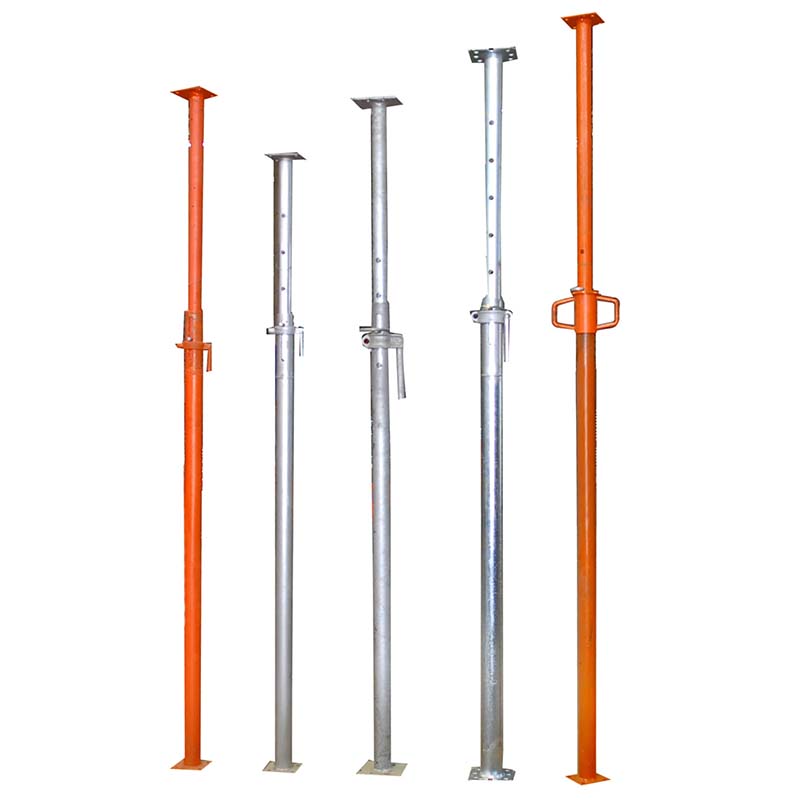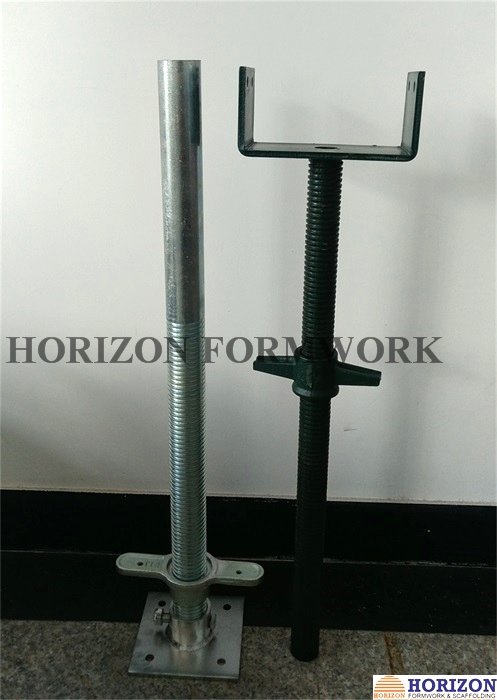ئىيۇل . 07, 2025 08:45 Back to list
High-Quality Powder Coating Steel Formwork - Durable & Corrosion Resistant Solutions
- Introduction to powder coating steel formwork
and its significance in modern construction - Technical advantages of powder-coated steel formwork over traditional methods
- Comparison of powder coating steel formwork suppliers and companies using data tables
- Customization solutions for powder coating steel formwork in diverse construction needs
- Real-world applications and case studies
- Maintenance, durability, and environmental impact of powder-coated steel formwork
- Future outlook on powder coating steel formwork and recommendations for selection

(powder coating steel formwork)
Powder Coating Steel Formwork: A Revolution in Construction Methods
The evolution of formwork systems in the construction industry is marked by a remarkable shift towards powder coating steel formwork. Primarily designed for supporting wet concrete until it hardens, formwork has seen massive improvements in terms of durability and performance. The introduction of powder coating technology has elevated steel formwork, providing unmatched protection against corrosion, mechanical abrasion, and harsh operating environments. According to a report by Grand View Research, the global formwork market exceeded USD 5.6 billion in 2022, with powder-coated steel variants accounting for more than 27% of this segment in high-rise project specifications. Enhanced safety, repeatability, and eco-sustainability are among the key drivers influencing the adoption of this innovation, signifying its vital importance in contemporary structural engineering.
Technical Advantages of Powder-Coated Steel Formwork
In comparison to conventional plywood or bare steel formwork, powder-coated steel formwork delivers distinct technical benefits. Powder coating consists of thermoplastic or thermoset polymer powder that is applied electrostatically and cured under heat, creating a robust barrier against moisture, chemicals, and impact. Notably, laboratory studies conducted by the Concrete Institute of Australia indicate that powder-coated surfaces exhibit over 300% greater resistance to corrosion in chloride-rich environments compared to untreated steel. This increases formwork longevity, reduces lifecycle costs, and minimizes on-site refurbishment downtime. Additionally, the inert and smooth surface generated by powder coating facilitates effortless stripping after concrete curing, resulting in higher-quality concrete finishes and less adherence of debris, which in turn extends the formwork’s usable life cycle well beyond 1,500 pours under typical working conditions.
Market Comparison: Analyzing Leading Powder Coating Steel Formwork Suppliers
Selecting the most suitable supplier is critical to project success. Leading powder coating steel formwork suppliers differentiate themselves by proprietary technologies, automated production lines, environmental compliance, and support for bespoke configurations. The following table compares the top 3 powder coating steel formwork companies by essential attributes:
| Company | Annual Output (m2) | Powder Coating Thickness (µm) | ISO Certification | Eco Compliance | Global Projects |
|---|---|---|---|---|---|
| StructuraSteel | 400,000 | 90–110 | ISO 9001, 14001 | LEED Platinum | 57 |
| BuildForm Pro | 300,000 | 80–120 | ISO 9001 | BREEAM | 38 |
| FormexSteel | 250,000 | 100–130 | ISO 9001, 14001 | Green Label | 22 |
This comparison clearly shows how product quality, environmental commitment, and the breadth of global experience differ between suppliers. Stakeholders should prioritize companies with higher powder coating thickness and robust certifications, which translate into better performance and reliability across project lifecycles.
Customization: Tailoring Solutions for Distinct Construction Demands
Powder coating steel formwork manufacturers increasingly offer advanced customization options to match the evolving demands of architects and contractors. Customization ranges from unique panel shapes and thicknesses to specialty coatings with anti-graffiti, anti-microbial, or UV-resistant characteristics. Technical consulting teams work collaboratively with clients to produce digital 3D models and calculate load-bearing requirements, ensuring every formwork unit achieves optimal alignment, rigidity, and ease of assembly. For instance, complex curved or inclined concrete surfaces—common in modern infrastructure like stadiums and bridges—can be seamlessly executed through modular powder-coated panels, significantly reducing on-site cutting and mounting time by an average of 26%. This flexibility enhances site productivity and facilitates innovation in architectural design without compromising structural safety.
Real-World Applications and Case Studies
The adoption of powder-coated steel formwork has transformed numerous large-scale construction projects worldwide. One prominent example is the Mumbai Metro Line 3 in India, where over 120,000 m2 of powder coating steel formwork was deployed, achieving a 33% reduction in formwork replacement needs throughout the duration of the project. In the United Arab Emirates, a luxury hotel tower utilized custom-colored powder-coated panels to ensure visual harmony with its external facade, while also decreasing panel maintenance frequency by nearly 40% relative to conventional painted steel alternatives. Across these and similar endeavors, reduced maintenance cycles, operational cost savings, and elevated surface finish quality have been consistently reported.
Lifecycle Performance: Durability, Maintenance, and Environmental Impact
A core advantage of powder-coated steel formwork is its extended lifecycle and minimal upkeep. Detailed field analysis by the European Union Construction Technology Platform reports that powder-coated panels retain over 97% surface integrity after 1,500 cycles, while comparable painted steel units drop below 76% within the same usage range. The environmental benefits are also significant: powder coating processes produce no VOC emissions and facilitate excellent recyclability of decommissioned panels, supporting circular economy initiatives. Routine cleaning with pressurized water is often sufficient to keep powder-coated surfaces debris-free, making them especially attractive for projects adhering to green building standards.
| Feature | Powder-Coated Steel | Painted Steel | Plywood |
|---|---|---|---|
| Average Lifespan (cycles) | 1,500+ | 700–900 | 50–70 |
| Maintenance Frequency | Low | Medium | High |
| VOCs Emitted | None | Yes | No |
| Recyclability | Excellent | Variable | Poor |
Evidently, powder-coated steel formwork outperforms its alternatives on critical lifecycle variables, making it an unequivocal asset for forward-thinking project teams.
Future Outlook and Recommendations for Powder Coating Steel Formwork Company Selection
The market trajectory for powder coating steel formwork indicates continuous growth spurred by escalating demands for sustainable and resilient building solutions. As construction projects become more ambitious and regulations tighten, companies investing in R&D, digitalization, and ESG commitments will set industry benchmarks. When choosing a powder coating steel formwork company, verify their technical competencies, supply consistency, after-sales support, and alignment with your environmental sustainability targets. Utilize performance data, site references, and customization capabilities as the basis for decision-making. With these best practices, stakeholders are well-positioned to leverage the unique advantages of powder-coated steel formwork and drive innovation in the built environment.

(powder coating steel formwork)
FAQS on powder coating steel formwork
Q: What is powder coating steel formwork?
A: Powder coating steel formwork refers to steel formwork treated with a durable powder-coated finish. This coating increases corrosion resistance and surface smoothness. It is widely used in construction projects.Q: What are the benefits of using powder coating steel formwork?
A: Powder coating provides enhanced durability, rust resistance, and easy cleaning. It also improves the formwork’s lifespan. This makes it suitable for repeated use.Q: How do I find reliable powder coating steel formwork suppliers?
A: Check for suppliers with a proven track record, certifications, and positive customer reviews. Leading powder coating steel formwork suppliers offer product guarantees and technical support. You can find suppliers online or through trade directories.Q: What services do powder coating steel formwork companies provide?
A: These companies design, manufacture, and supply powder-coated steel formwork systems. They may offer customization and technical consultation. Installation guidance is often available as well.Q: How can I contact a powder coating steel formwork company for a quote?
A: Visit the company’s official website or contact their sales team directly by email or phone. Most powder coating steel formwork companies have dedicated inquiry forms online. Prepare your project details for an accurate quote.-
Adjustable Heavy Duty Props for Slab Formwork - Strong & Safe Support
NewsAug.22,2025
-
Formwork Spring Clamp Factories: Quality & Bulk Supply
NewsAug.21,2025
-
Premium Ringlock Scaffolding | China Manufacturer & Supplier
NewsAug.19,2025
-
Efficient Table Formwork for Fast Slab Construction & Reusability
NewsAug.18,2025
-
Timber Beam H20 Formwork & Shuttering - Durable & Reliable
NewsAug.17,2025
-
Timber Beam H20: Premium Formwork & Shuttering Solutions
NewsAug.16,2025